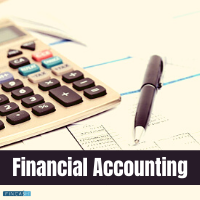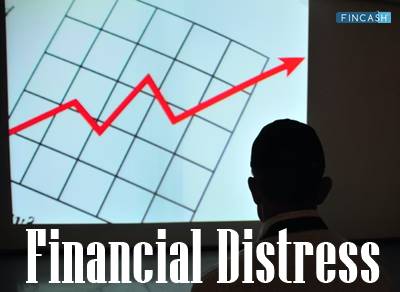
Table of Contents
What is Financial Modelling?
Financial modelling implies analyzing different aspects of a business's activities to build a financial view of a company. It entails creating an abstract representation of a real-world financial scenario, known as a financial model. This is a mathematical model to represent a less complex version of the performance of a financial asset or Portfolio of a business.

This is a procedure by which a company creates a financial representation of part or all of the company's or specific security's aspects. The model is often defined by its ability to conduct computations and offer recommendations based on the results. For the end-user, the model may also describe specific occurrences and give guidance on appropriate actions or alternatives.
Financial Modelling Software
A financial model is nothing more than a tool integrated into spreadsheet software, such as MS Excel, for predicting a company's financial success in the future. The prediction is usually based on the firm's past performance, future assumptions, and the preparation of a three-statement model, which includes an income statement, Balance Sheet, cash flow statement, and supporting schedules. Also, financial modelling helps effectively as a decision-making tool. Initial Public Offering (IPO) and Leveraged Buyout (LBO) models are two common types of financial models.
Talk to our investment specialist
Objectives
Financial models aid historical analysis by projecting a company's Financial Performance, which is useful in various disciplines. In-House and externally, financial models' output is utilised for decision-making and financial analysis. The following are the reasons for developing financial models:
- Company’s valuation
- Raising Capital
- Mergers and acquisitions
- Capital allocation
- Budgeting and forecasting
- Growing business
- Asset valuation
- Risk management
- Divesting or selling assets and business units
Who Builds the Financial Model?
Building financial models is done by a variety of experts. The following is a list:
- Equity Research Analysts
- Risk Analysts
- Investment Bankers
- Credit Analysts
- Portfolio Managers
- Data Analysts
- Management/Entrepreneurs
- Investors
Types of Financial Model
1. Three-Statement Mode
This is a basic model that comprises only three financial statements (Statement of Profit & Loss, Balance Sheet and Cash Flow Statement). These financial models serve as a foundation for more complex financial models, including DCF models, merger models, LBO models, and others.
2. Merger and Acquisition Model
This is a one-of-a-kind model that incorporates the financials and financial performance of both the target and the acquirer. The aim of merger modelling is to demonstrate to clients how an acquisition affects the acquirer's EPS and so on.
3. DCF Model
This approach of valuation employs discounted free cash flow projections to arrive at a present value that aids in assessing an investment's potential. This is extremely popular among investors looking to determine the exact worth of a firm.
4. LBO Model
It entails borrowing a large sum of money to pay for the acquisition of another business. Leveraged finance businesses and sponsors utilise this strategy extensively when acquiring companies with the goal of reselling them at a profit in the future. Consequently, it aids in assessing if the sponsor can afford to spend the large sum of money while still receiving a sufficient return on its investment.
5. Option Pricing Model
The theoretical value of an option at a certain moment in time is computed using Option Price Models, which incorporate current elements like the Underlying price, strike price, and a number of days to expiry, as well as projections for future aspects like Implied volatility. Options' theoretical value will alter as variables shift during their life, and this will be reflected in their real-world value. Binomial tree and Black-Sholes are examples of it.
6. Sum-of-the parts Model
The break-up analysis is another name for it. In this model, valuation is done of different divisions of the company.
Guide to Build a Financial Model
The process of financial modelling is ongoing. Financial analysts must work on separate portions of financial models until they are eventually able to connect them all together. Here's a step-by-step guide to building a financial model:
- Historical results and assumptions
- Prepare the Income statement
- Prepare the balance sheet
- Build supporting schedules
- Complete both income statement and balance sheet
- Prepare the cash flow statement
- Perform the Discounted Cash Flow (DCF) analysis
- Sensitivity analysis and scenario
- Prepare charts and graphs
- Start stress test and audit the model
The Bottom Line
Though the term "financial modelling" is a generic term that can imply different things to different people, it generally refers to Accounting or corporate finance applications or quantitative finance applications. It takes financial statements as input and outputs, mostly in the form of valuations. Before diving into financial modelling, a non-sequential learning process is required. A basic understanding of MS Excel, the balance sheet, the profit and loss statement, and cash flow. Also, the model created must be adaptable to modifications and upgrades, and you are ready to go.
All efforts have been made to ensure the information provided here is accurate. However, no guarantees are made regarding correctness of data. Please verify with scheme information document before making any investment.












